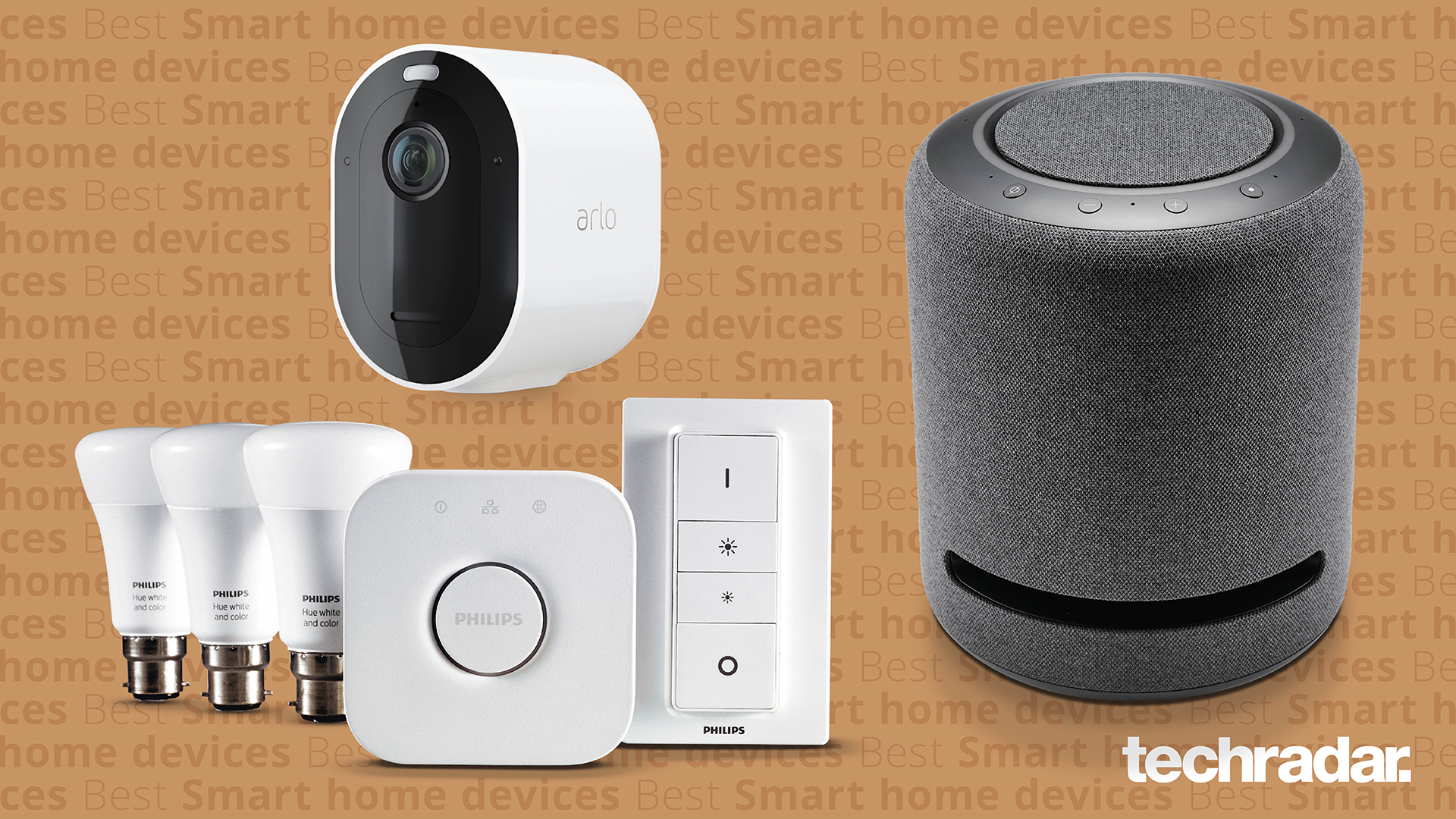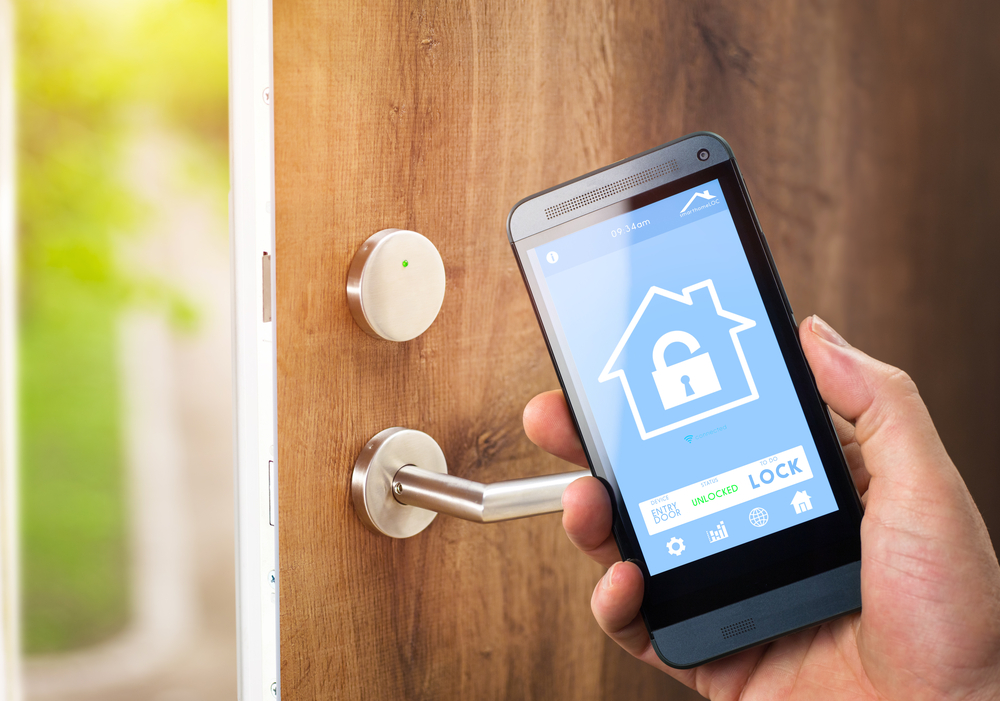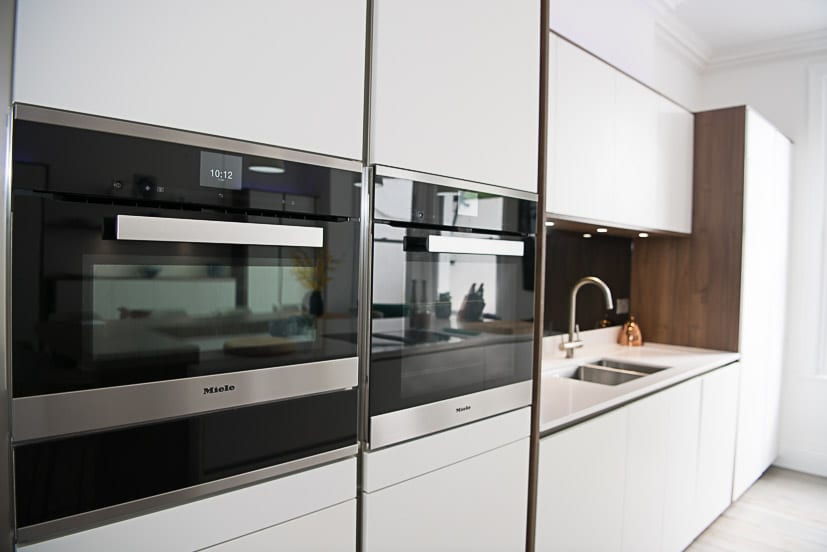Climate change and global warming are two of the most significant challenges facing our world today. The good news is that we can all play a part in reducing our carbon footprint and making our planet more sustainable. One way to do this is by incorporating smart home devices into our daily lives. In this article, we will explore how smart home devices can help us live a greener lifestyle and reduce our carbon footprint.
What is a Smart Home Device?
A smart home device is any electronic device that can be controlled remotely, either through a mobile app or a voice-activated assistant such as Amazon Alexa or Google Assistant. These devices can be used to control various aspects of a home, such as lighting, heating and cooling, security systems, and even kitchen appliances.
How Smart Home Devices Can Help the Environment
Smart home devices can be an effective tool for reducing our carbon footprint and living a greener lifestyle. Here are some of the ways in which smart home devices can help:
- Energy Efficiency
One of the primary benefits of smart home devices is that they can help us use energy more efficiently. For example, smart thermostats can learn our heating and cooling preferences and adjust the temperature accordingly, reducing the amount of energy used. Similarly, smart lighting systems can automatically turn off lights when they are not in use, reducing electricity consumption.
- Water Conservation
Smart home devices can also help us conserve water. For example, smart sprinkler systems can monitor the weather and adjust watering schedules accordingly, reducing water waste. Smart showerheads and faucets can also help reduce water consumption by automatically turning off when not in use.
- Waste Reduction
Smart home devices can also help us reduce waste. For example, smart refrigerators can keep track of food inventory and expiration dates, reducing food waste. Smart garbage cans can also help us recycle more effectively by sorting recyclable materials from non-recyclable materials.
- Sustainable Energy Sources
Finally, smart home devices can help us incorporate sustainable energy sources into our homes. For example, solar panels can be integrated with smart home devices to monitor energy production and usage, making it easier to manage and optimize energy consumption.
Examples of Smart Home Devices for Green Living
There are many different types of smart home devices that can help us live a greener lifestyle. Here are some examples:
- Smart Thermostats
Smart thermostats can learn our heating and cooling preferences and adjust the temperature accordingly, reducing the amount of energy used. They can also be controlled remotely through a mobile app, making it easy to adjust the temperature when we are away from home.
- Smart Lighting Systems
Smart lighting systems can automatically turn off lights when they are not in use, reducing electricity consumption. They can also be controlled remotely through a mobile app or voice-activated assistant, making it easy to turn off lights when we forget to do so.
- Smart Sprinkler Systems
Smart sprinkler systems can monitor the weather and adjust watering schedules accordingly, reducing water waste. They can also be controlled remotely through a mobile app, making it easy to adjust watering schedules when we are away from home.
- Smart Refrigerators
Smart refrigerators can keep track of food inventory and expiration dates, reducing food waste. They can also provide recipe suggestions based on the ingredients we have on hand, making it easier to use up food before it goes bad.
- Smart Garbage Cans
Smart garbage cans can help us recycle more effectively by sorting recyclable materials from non-recyclable materials. They can also provide alerts when it is time to take out the trash or recycling.
Conclusion
Smart home devices can be an effective tool for reducing our carbon footprint and living a greener lifestyle. By using smart thermostats, lighting




